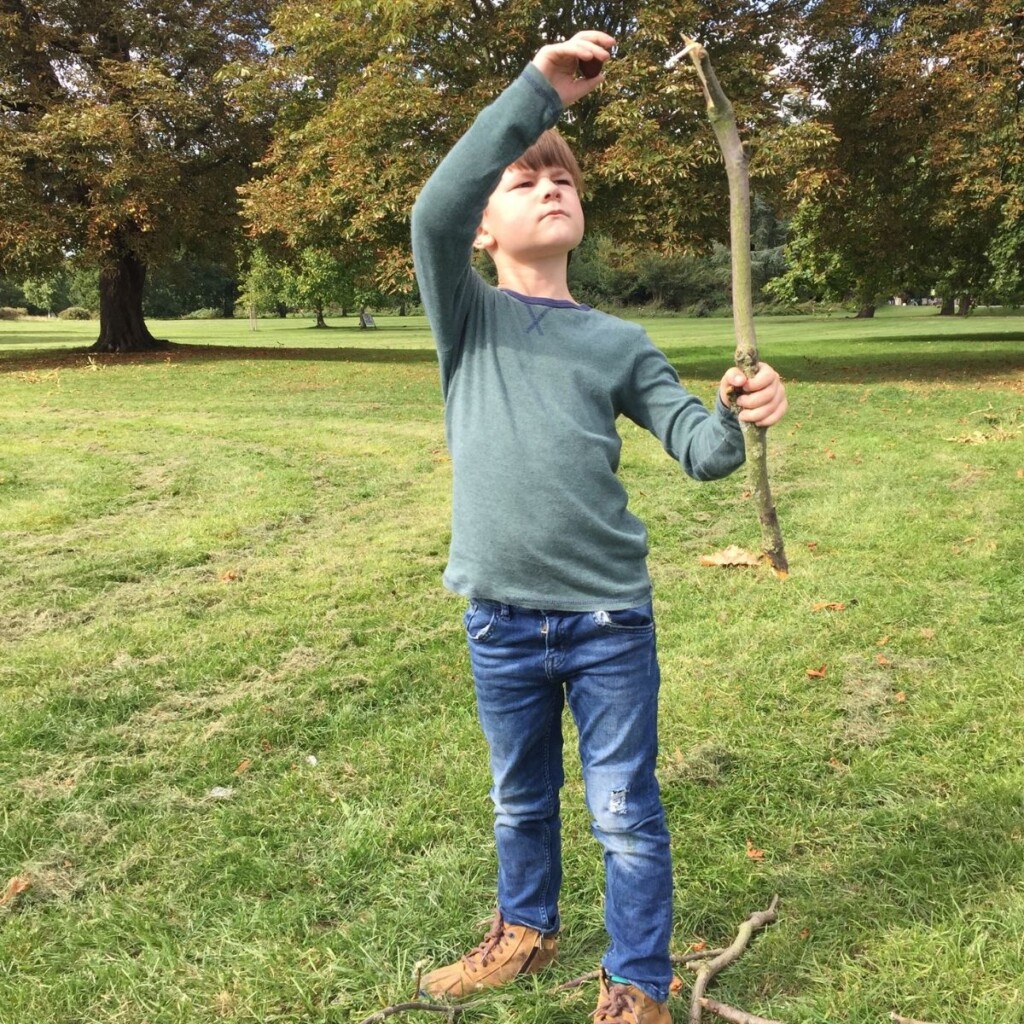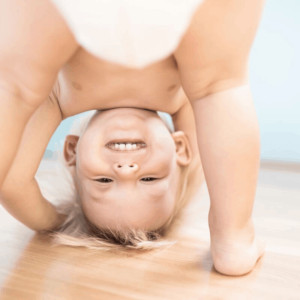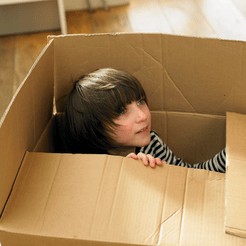Object play
The correlation of effective adult problem solving and earlier encouragement of and facility in manipulating objects has been established. The science of progressively more complex object play and its relation to overall competency has sparked research interest in corporate “work readiness”, in that a deficiency in fixing things by hand during one’s youth may well mean deficiencies in complex problem solving in challenging work settings as an adult. To be a good research engineer, for example may mean that the times spent in high school fixing cars or building airplane models are as important as getting an advanced degree, particularly if the engineer is also expected to function as an innovative problem solver.
What is object play?
Object play, or heuristic play as it is known in learning theory is play that involves explorations of objects and the environment through direct experience. It covers “sensory play” of all kinds, including baby sensory style classes.
As adults we often ignore huge amounts of the sensory input we receive, and select that which seems relevant to our current purpose. This process of selection is something we learn to do as our brain develops. Babies and toddlers neocortex is developing and connecting at a remarkable rate, but they experience the world in a much more raw sensory way. They do not initially filter, categorise, create concepts or compare. They are like little sponges for experience. Object play provides fantastic stimulus and development material, as well as satisfying their natural curiosity and need for novelty.
Object play and learning
Children can learn a huge amount from object play.
- Sensory experiences and predictions: How does it look, feel, smell, taste? Begin to form expectations and predication about other objects based on experience.
- Motor skills, both gross and fine
- Processes like twisting, turning, lifting, stacking, balancing objects
- Problem solving skills
- Concepts like "the back of objects", which exist even though we can't see them.
- Perspective, position and relationship
- Combining objects. Which objects change and which don't. Legos bricks can be combined and dismantled. Paint and water, once mixed, cannot be separated back out again.
-
Developing categories of objects and understanding how they behave and how they link to each other.
Object play suggestions
Treasure baskets
Grab ten objects from around the house, that are safe for your child (i.e. not items that little bits will snap off). Put them in a box or basket. Explore them with your senses.
Try some of the ideas below to get you playing, exploring and experimenting.
- Try stacking your objects.
- Will objects fit inside each other
- Can you wrap the items in paper or fabric
- Do they have hole? can you pull the fabric through the hole?
- Line them up
- Make patterns
- If young baby just pass back and forth
- Talk about colour, texture, material, pattern, corners, any features.
- You can talk about their purpose, and what else you could do: i.e. scrubbing brush for washing up, but could be an amazing hedgehog
Treasure hunting
Go out and about and experience the world. What can you see, what can you hear? What can you smell? Really look at everything that is around you. Touch tree bark and rocks, and maybe collect some treasure!
What you might find will depend where you are, but I like collecting smooth stones, interesting leaves, cones, sticks, bits of shell or safe beach rubbish, maybe feathers, or sheep fleece off fences. (Yes, I live in a very rural area.) My kids collect broken pieces of kerbstones (or opals, apparently.)
We make patterns and pictures by arranging them, then collect them up for use another day.
Object play at different stages
In babies
Babies have an undeveloped neocortex so they experience the world as raw sensory data, without abstract concepts to understand and link them together. They learn and gain huge amounts of sensory experience from objects of all kinds, and their environment if they are given direct , hands on experiences.
This looks like touching everything, licking it, sniffing it, you name it. They experience the feeling of the object they are holding moving as they lose their grip, or turn it, or bash it against something else.
Interest in object play tends to develop after the fourth trimester as they begin to notice and engage more with the world around them.
In toddlers
Object play in toddlers progresses from that of babies and can often become increasingly purposeful seeming to outside observers. For example, parents may notice toddlers throwing everything, or lining things up, rotating them, stacking them, putting things in boxes, and tipping them out again.
These are known as schemas, and they show up in other areas of play.
Older toddlers develop a sense of how object ‘should’ be used. Sadly this can limit their learning, because it makes them less likely to freely explore. Less exploration means they don’t develop such a clear understanding of their potential or how they might use them to achieve different purposes or effects.
Free play with non-prescriptive objects in childhood is strongly linked to the development of problem solving skills in adulthood.

Why is my toddler throwing things down the toilet?
Understanding schemas in toddler play and development

The benefits of open-ended toys
What are open ended toys, and why are they important for toddler development?
In adults
Object play in adults is often less focussed on toys. People who make things from paper, yarn, wood, metal, food, or anything else, and use a range of materials and tools often engage in object play. Experimenting with how they use these to create different effects or qualities makes it exploratory play.
Some adults do engage more obviously in object play though. Object play is not limited to play objects, but is about approaching the world in a hands on, tactile and sensory way. Handling objects, turning them, feeling them or fiddling can all be forms of object play. So can touching things as you walk past, such as plants, rocks or walls.










Responses